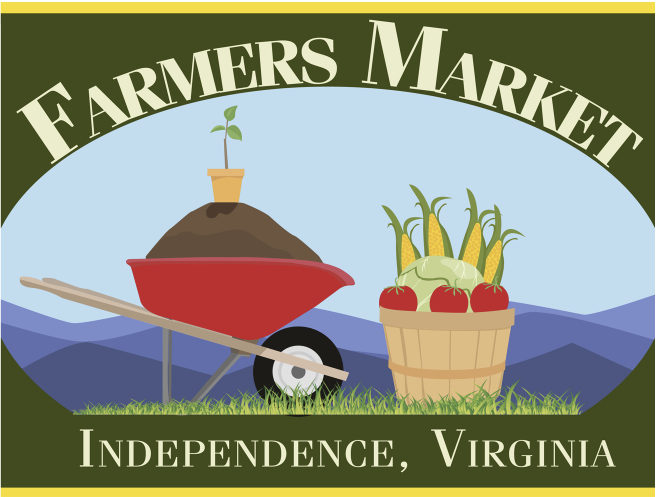Saving your own seed allows you to select plants that meet your needs. You can choose for size, color, taste or growth patterns. Save money! Seed prices seem to rise every year. While you will probably not save everything that you need, or want, you can save a few varieties every year to ensure that you’ll always have seed. Some cultivars seem to disappear from the catalogs every year, to be replaced by hybrids or patented plants. As long as someone is growing a variety, and saving the seed, the genetics are somewhat safe.
Many heirloom varieties are living history. Most have a story that goes along with the seed. Some have been passed along in a family, or to friends, for generations.
Remain independent! If you save your seed properly, you’ll never have to buy seed again (but, of course, once you start, you’ll find that you “need” to buy more every year).
Population Size
It is important to maintain enough genetic diversity to ensure good seed quality. If you are growing for your own use, it isn’t as important as it would be if you are growing for a seed company, or selling your seed. Below are a few guidelines for minimum populations if growing for a seed company. I never plant all of my seed of a given variety; if you only have one or two seeds, you don’t have much choice, but if you’ve got a handful of seed that you collected from some source, plant half and save half, in case of crop failure or pest damage.
• Corn: requires at least 500-2000 plants.
• Brassicas: require at least 75-250 plants.
• Beans and Peas: should have at least 20-60 plant, but some cultivars need fewer. This can be determined by observing variability from plant to plant.
• Tomatoes, Peppers, Eggplants, Squash, Cucumbers, Melons, and Gourds: require at least 20-50 plants.
Isolation Distances
Isolation distances make sure that your seed stock for a particular variety stays pure and doesn’t cross breed with other varieties.
Here’s a document that lays out the isolation distances for different crops.
Wet Seed Processing
I ferment the seed of tomatoes, peppers, eggplant, cukes, melons, and (briefly) squash. This removes germination inhibiting chemicals, especially in the gelatinous covering on tomato seed. Fermentation is necessary for consistently high germination in tomatoes, and is recommended for the others.
Peppers, cukes, melons and squash require shorter fermentation.
Eggplants require the shortest fermentation (or none at all). Southern Exposure Seed Exchange suggests that fully ripened eggplant seed can be removed by cross-hatching the skin and smashing the fruit with the blunt end of a 2” x 4”. Some varieties begin sprouting with even a short ferment, so check your seed often. With eggplant, you may be able to just wash the seed clean, and skip the ferment.
Dry Seed Processing
Dry seed processing is easy. Allow the seed to dry on the plant, harvest when fully mature, and remove the chaff. Humid conditions or the promise of rain sometimes make this impossible. Learn to identify when a crop is fully mature, harvest as soon as possible, and finish processing indoors.
Harvest Southern (Crowder or Cow) peas, beans, and pea pods when yellow and leathery.
Allow brassica plants to over-winter and harvest the seed in the spring when the seed pods have turned brown. Allow the seed to cure in the pods indoors for at least two weeks before threshing.
Seed Storage
LABEL EVERYTHING! Label the outside of your seed storage containers, and put a label inside as well. If the container gets wet, outside labels can fade or fall off. While many bean seed is readily identifiable, tomato seed all looks alike, only varying in size. Control temperature and humidity. The sum of the temperature and humidity should not exceed 100. I recommend storing seed in glass containers with tight fitting lids. Bean seed especially should be frozen for two weeks after threshing to kill any bean beetle larva that may be in the seed. After that, you can store your seed in a dark, cool spot. Many ardent seed savers store all their seed in a freezer. Seed longevity increases as the temperature drops. To freeze seed, the moisture should be below 14%. Below 5% moisture may induce a difficult to break dormancy. A Seed Processing and Storage Guide can be found at SavingOurSeed.org for more detailed information, as well as plans for winnowers, etc.
Resources on Seed Saving
Books:
Seed to Seed by Suzanne Ashworth
Seed Saving by Marc Rogers
Breed Your Own Vegetables by Carol Deppe
Organic Seed Production and Saving by Bryan Connoly
Seed Sowing and Saving by Carole B. Turner
Seeds: the Definitive Guide to Growing, History and Lore by Peter Loewer
Sources for Heirloom Seed:
Southern Exposure Seed Exchange
by Michelle Pridgen
